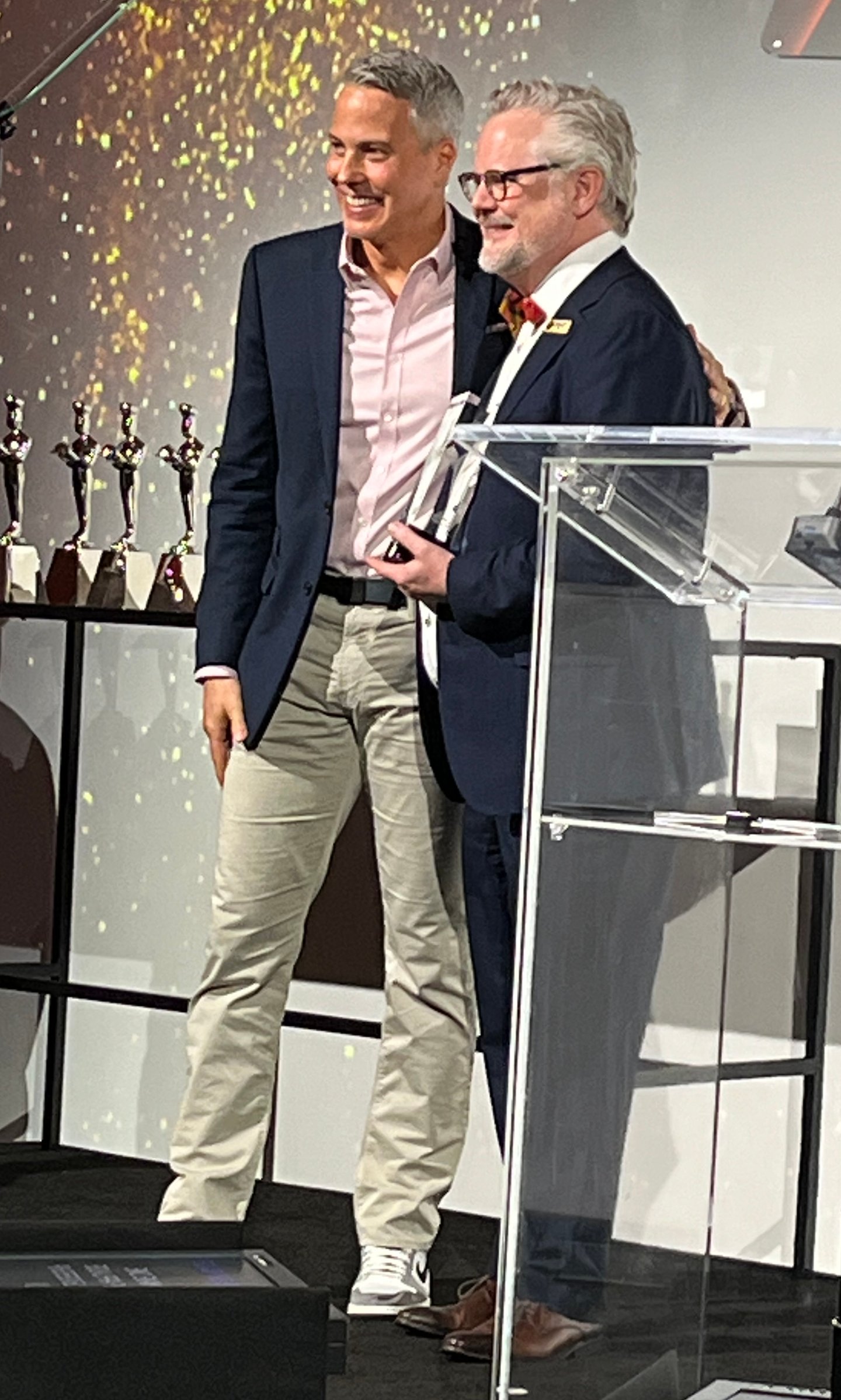Takeaways From 2024 Summer Fancy Food Show
The Specialty Food Association’s (SFA) 2024 Summer Fancy Food Show, which took place June 23-25 at New York’s Javits Center, offered as usual a plethora of incredible products, but alongside the joy of experiencing new and unexpected items – freeze-dried chocolate ice cream, anyone? – the event offered valuable insights into the specialty food sector, thanks to two sessions held on its opening day.
From Restaurants to Grocery Retailers
The first session, “State of the Plate 2024: Outlook and Opportunity for Specialty Foods,” presented by Nancy Kruse, of The Kruse Co., specifically addressed restaurant trends, but since many foods and beverages first spotted at eateries eventually make their way to supermarket shelves, it proved to be a useful session for grocery retailers as well.
During her lively session, Kruse outlined the standout specialty food trends shaping the current restaurant scene: comfort, community, curiosity, vibrant veg, pedigreed protein and premium touches. For comfort fare, attendees were advised to look no further than cheese, as exemplified by Campbell’s first-ever limited-edition product, Grilled Cheese & Tomato Soup, which debuted, appropriately enough, on National Grilled Cheese Day (April 12). On the restaurant front, this enthusiasm for gooey goodness was exemplified by the rise of the humble patty melt, although melts of all kinds “are everywhere,” Kruse affirmed. Other comfort staples embraced by restaurant operators included biscuits, Southern-style meals such as barbecue, and chicken pot pie, with “sensory appeal a major opportunity, so think texture.” In fact, Kruse pointed out that U.S. operators have much to learn from Japan, where there are “400 words to describe texture.”
In the realm of community, she described the “primal notion of breaking bread together” and characterized food as “analog, tactile and shareable” in an increasingly digital world. To that end, items created for group consumption, like wings, are currently popular at restaurants, along with fondue and sheet pan presentations enabling people to take their own portion from a shared platter. Kruse suggested promotions against such social phenomena as pickleball, whose fastest-growing cohort is players under 24, by creating a post-game menu enabling players to continue their interaction after the game has ended. Ideally, in the food world, despite the addition of digital enhancements to the customer experience, Kruse urged attendees to remember that “the higher the tech, the higher the touch.”
With restaurants a key point of entry for global flavor and food exploration, including lavender, shakshuka, crispy rice, paneer and more, Kruse noted that fusion cuisine was alive and well in this channel, encompassing mashups of compatible elements of various cooking styles. The keys to winning with these types of offerings are authentic ingredients and techniques, versatility, and accessibility – the last item especially important, she pointed out, since Americans hate to be intimidated by menus.
In regard to her other points, Kruse told attendees think across meal and snack opportunities with vegetables, merchandise them like proteins to drive greater consumer interest, and bear in mind that the largest percentage of vegetarians live on college campuses; cited consumers’ health-based interest in eating high-quality animal proteins like Wagyu beef, which could be promoted by brands, breeds, clean claims and sustainable production methods, as well as sold in premium cuts at reasonable prices; and consider adding to dishes “dollops” of such luxurious foodstuffs as caviar (or less expensive paddlefish roe) and white truffles.
Inside Specialty Sales
The second session was “State of the Specialty Food Industry 2024-25,” presented by David Lockwood, of Lockwood Consulting, who shared key data points from the forthcoming exclusive report he regularly produces with New York-based SFA.
According to Lockwood’s research, foodservice is the fastest-growing segment within specialty food, at 6.9%, and will continue to be as it recovers from the pandemic, with specialty items more likely to be adopted by that channel. Additionally, although specialty food is a maturing industry experiencing slower growth, it’s still the area where much invention and discovery take place, particularly within the conventional sphere.
In looking at the top 10 categories, Lockwood pointed out that for the first time, condiments were included, due to consumers’ increased interest in cooking at home and re-creating restaurant-style dishes in their own kitchens. This trend, alongside snacking and indulgence, was a major concern for consumers. Regarding indulgence, which exists in every popular category, from snacks to cheese to meat, poultry and seafood, Lockwood made an observation that he joked he was famous for: “We are a treat society.”
Among the other effects on the specialty food category are the rise of Millennial and especially Gen Z consumers as Baby Boomers decline; e-commerce driving growth, and the particular needs of shoppers taking GLP-1 weight loss drugs, including smaller portions, high quality and clean ingredient labels.
Discussing the economy and the industry’s ongoing resilience, Lockwood noted that although inflation was moderating, most consumers weren’t feeling it, since prices were still 20% to 25% higher than they used to be – a state of affairs that we would all “have to learn to live with,” he counseled. Lockwood also pointed out, in response to a question from an audience member about whether higher-income consumers tended to buy more specialty foods, “Not as much as you’d think,” adding that “interest in food transcends income,” with the biggest skew toward households with kids.
A Night to Celebrate
Away from the show floor, SFA presented its first-ever Awards Gala on the evening of June 24 at Lavan Midtown in New York.
Emceed with gusto by culinary star Kristen Kish, host of Bravo TV’s “Top Chef,” the celebratory event featured the presentation of various recognitions: Leadership Awards, including one to Giant Eagle’s Paul Abbott; Hall of Fame inductions; Lifetime Achievement Awards; and the Grand Honors of its 52nd annual sofi Awards in the following five new or reimagined categories:
Outstanding Package Design: Fanci Freez Strawberry Soft-Serve Milkshake
Outstanding Classic: Alef Sausage Uncured Wagyu Beef Salami
Outstanding New Product: Jane Foodie Flash Frozen Guinness Beef Stew
Product of the Year Beverage: Bloody Mary Barcoop Bevy
Product of the Year Food: Little Red Kitchen Bake Shop Molasses Spice Cookies
“Congratulations to the 2024 sofi Grand Honors Award winners, who showcase the immense innovation and potential of today’s specialty food manufacturers,” said Phil Robinson, SFA’s SVP of member development. “The Outstanding Packaging Award is a new category we're really excited about, celebrating a critical component of successful specialty food products. For the four other Grand Honors winners, their incredible products were favorites through three distinct rounds of judging — with food experts, an influencer and buyer panel, and buyers at the Fancy Food Show — an amazing achievement.”








